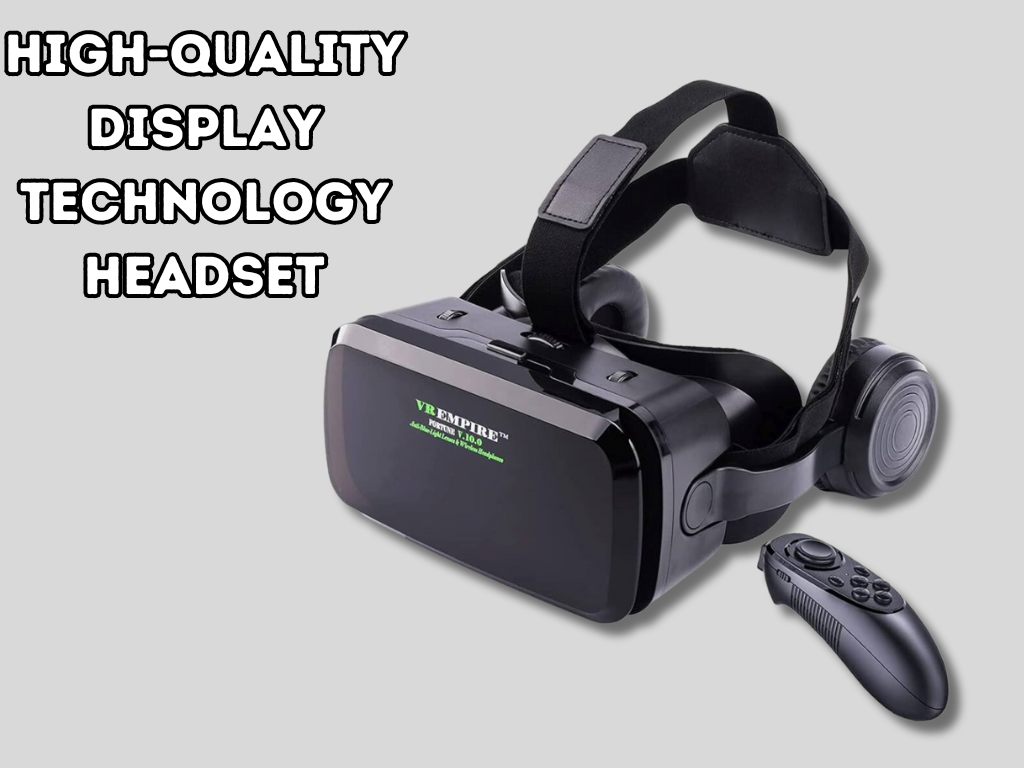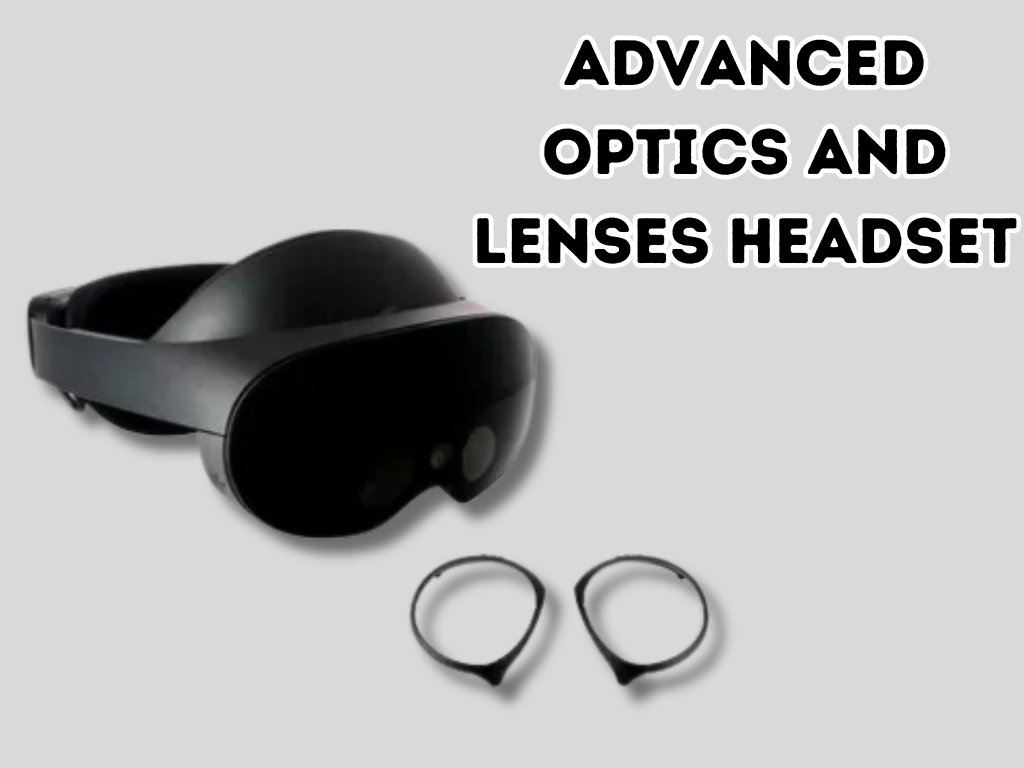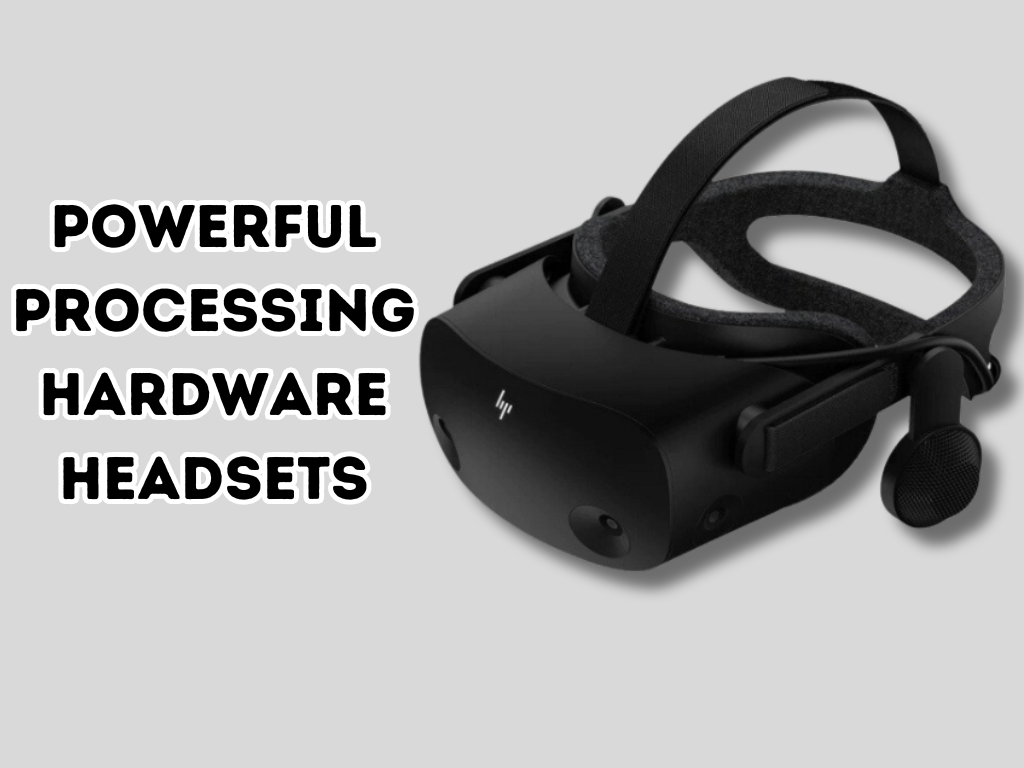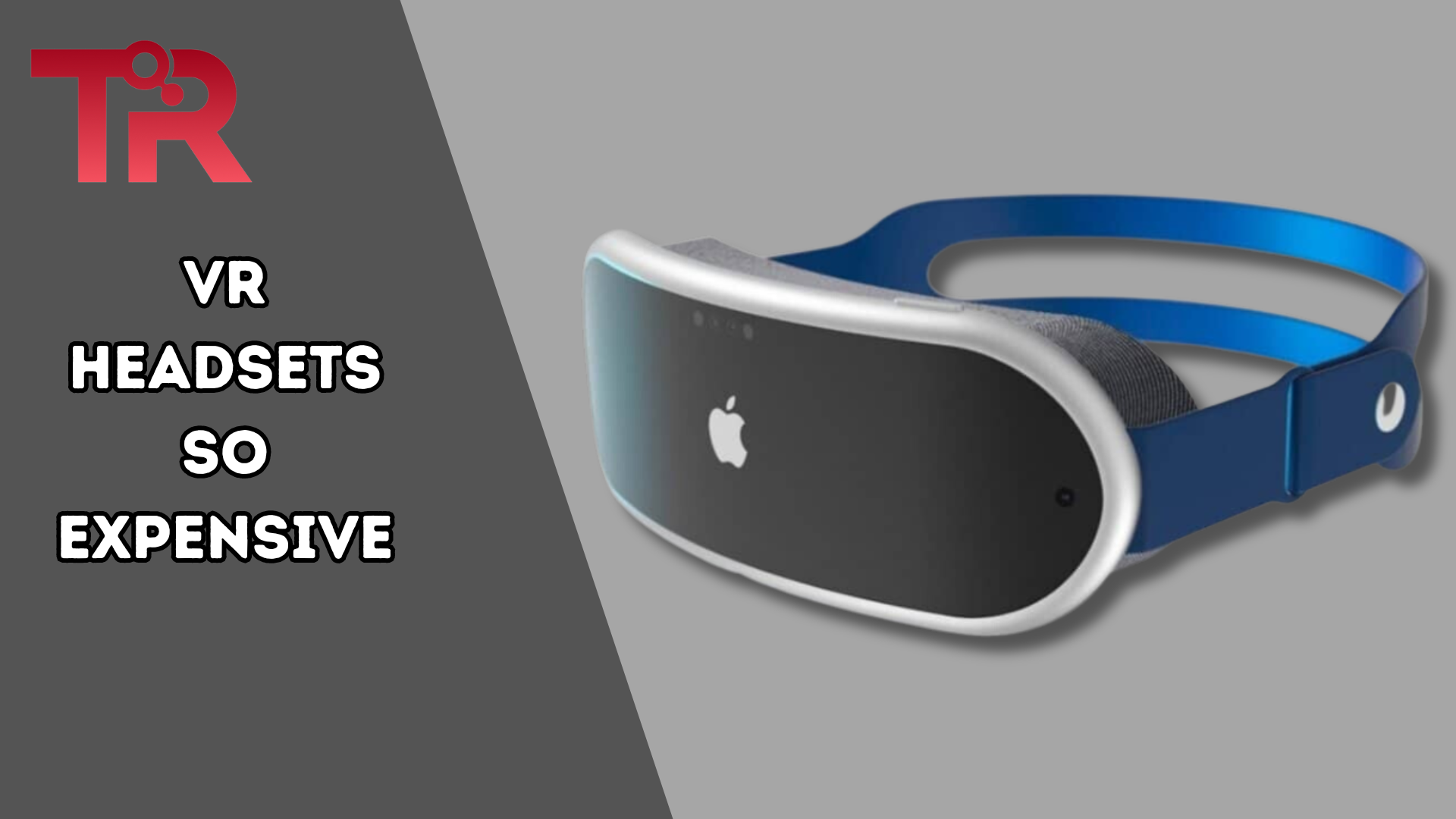Have you ever wondered why VR headsets cost so much? Do you know how much the most expensive VR Headsets cost? Don’t worry, we are here to break it down for you. But first, let’s talk about why these gadgets are such a big deal.
Imagine sitting at home and feeling like you’re climbing a mountain, exploring the deep sea, or traveling through space. That’s the cool thing about virtual reality. It’s not just for games; it’s like having a ticket to places you’ve only dreamed of.
So, keep on scrolling through the article to get to know ‘why VR Headsets are becoming so popular despite their premium price tag.
Why Are VR Headsets So Popular Nowadays?
Virtual Reality (VR) headsets have become increasingly important in the modern era due to several factors which contribute to their significance:
- Immersive Experience: VR provides a highly immersive experience that transports users to virtual worlds. This immersion can be used for gaming, education, simulations, and other applications, making it appealing to a broad audience.
- Gaming: One of the primary drivers of VR headset popularity is its application in gaming. VR gaming allows players to feel like they are inside the game, offering a more engaging and realistic experience.
- Entertainment and Media Consumption: VR is not limited to gaming. It has expanded to include virtual experiences for movies, concerts, and other forms of entertainment. Users can feel like they are in the front row at a concert or in a virtual cinema watching a movie.
- Training and Simulation: VR is extensively used in various industries for training purposes. Pilots, surgeons, and military personnel, for example, can undergo realistic simulations to enhance their skills in a safe and controlled environment.
- Social Interaction: VR provides a sense of presence, allowing users to interact with others in virtual spaces. This is particularly relevant in social VR applications, where users can meet friends, attend virtual events, or collaborate on projects.
Also Read: Which VR Headsets Work with Xbox One
- Technological Advances: Advancements in VR technology, such as higher display resolutions, better tracking systems, and improved graphics, have contributed to a more convincing and enjoyable VR experience.
- Diverse Applications: VR is not limited to a single industry. Its applications span healthcare, education, architecture, tourism, and more. This versatility contributes to its widespread adoption.
- Innovation and Development: The constant innovation in VR technology, including the development of new applications and experiences, keeps the technology fresh and interesting for users.
Why Are VR Headsets So Expensive?
Virtual Reality (VR) headsets can be expensive due to a combination of factors that contribute to their development, manufacturing, and overall functionality. Here are several reasons explaining why VR headsets tend to be costly:
- High-quality Display Technology:
- Pixel Density and Subpixel Arrangement: High-resolution displays in VR headsets require densely packed pixels. Achieving a high pixel density often involves complex manufacturing processes, including fine-tuning subpixel arrangements (RGB or Pentile matrices) for optimal clarity and color accuracy.
- Low Persistence Displays: VR demands low-persistence displays to reduce motion blur. Achieving low persistence involves rapid pixel response times, which can be technically challenging and add to the cost of display technology.

- Advanced Optics and Lenses:
- Aspheric Lens Design: VR lenses are often aspheric, meaning their curvature varies across the surface to minimize distortion. Aspheric lens production involves precision molding or grinding, increasing complexity and cost.
- Coatings for Clarity: Anti-reflective coatings and coatings to reduce chromatic distortion are applied to lenses to ensure clarity. These coatings require specialized manufacturing processes and contribute to the overall cost.

- Precision Motion Tracking:
- Sensor Fusion Technology: VR systems often use sensor fusion, combining data from accelerometers, gyroscopes, and sometimes magnetometers for more accurate motion tracking. Developing and integrating these sensor fusion algorithms require additional R&D investment, contributing to the overall cost.
- Wireless Tracking Solutions: Some VR systems utilize wireless tracking solutions, which add complexity and cost to the system but provide greater freedom of movement for the user.
- Powerful Processing Hardware:
- Custom VR-specific Processors: Some VR headsets incorporate custom processors designed specifically for VR applications. Developing and manufacturing these specialized chips involve additional costs compared to off-the-shelf components.
- Parallel Processing for VR Rendering: VR rendering often involves parallel processing techniques to handle the demanding graphics requirements. Specialized algorithms and parallel computing architectures contribute to the cost of the processing hardware.

- Comfortable and Ergonomic Design:
- Adjustable Straps and Interpupillary Distance (IPD) Settings: VR headsets often feature adjustable straps and IPD settings to accommodate a wide range of users. Designing mechanisms that are durable, easy to adjust, and comfortable adds complexity and cost to the headset.
- Ventilation Systems: VR headsets need effective ventilation to prevent fogging and ensure comfort during extended use. Integrating ventilation systems without compromising the design or introducing noise requires additional engineering efforts.
- Innovative Input Devices:
- Haptic Feedback Mechanisms: Advanced haptic feedback systems, such as those simulating different textures or forces, involve intricate engineering and contribute to the overall cost of controllers.
- Gesture and Finger Tracking Sensors: Controllers with precise gesture and finger tracking capabilities use sensors like capacitive touch or infrared sensors, adding complexity and cost to the input devices.
- Research and Development Costs:
- User Experience Studies: Extensive user experience studies are conducted to refine VR hardware design, software interfaces, and comfort features. These studies contribute to the iterative development process but also add to the overall R&D costs.
- Exploration of Emerging Technologies: VR manufacturers invest in exploring emerging technologies, such as eye-tracking or foveated rendering, to enhance future iterations of their products. The uncertainty and experimentation in these areas contribute to R&D expenses.
How Much Does The Most Expensive VR Headset Cost?
The most expensive VR headsets out there is the Apple Vision Pro, and it costs a whopping $3,499. It’s not for everyone, though – it’s mainly aimed at businesses and developers who want top-tier VR with all the fancy features. If you’re on a budget, there are cheaper options like the Meta Quest 2 at $299.99. But if you’re into the best of the best and don’t mind blowing your budget, the Apple Vision Pro is the way to go for a truly luxurious VR experience.
Conclusion
In a nutshell, VR headsets cost a pretty penny because of fancy tech stuff like high-quality displays, smart lenses, and cool motion tracking. They also need powerful processors, comfy designs, and advanced input devices. All this comes at a price, including research and development costs.
However, these gadgets open doors to amazing experiences in gaming, learning, and more. As tech gets better, prices might drop, but for now, diving into the VR world can be a bit costly. Yet, if you’re up for it, get ready for a whole new level of fun.

